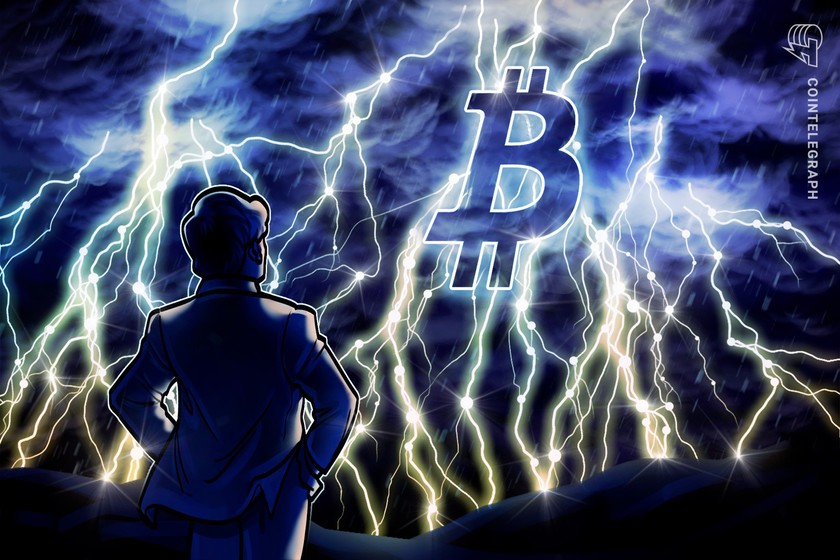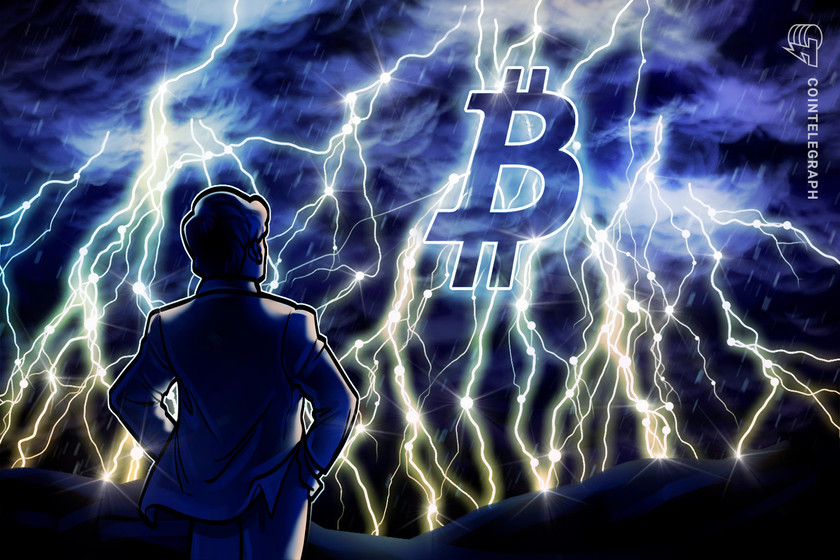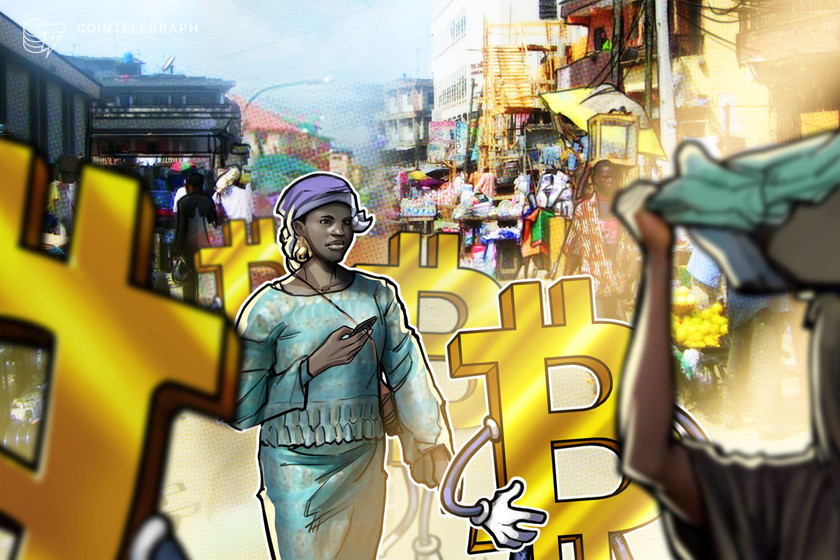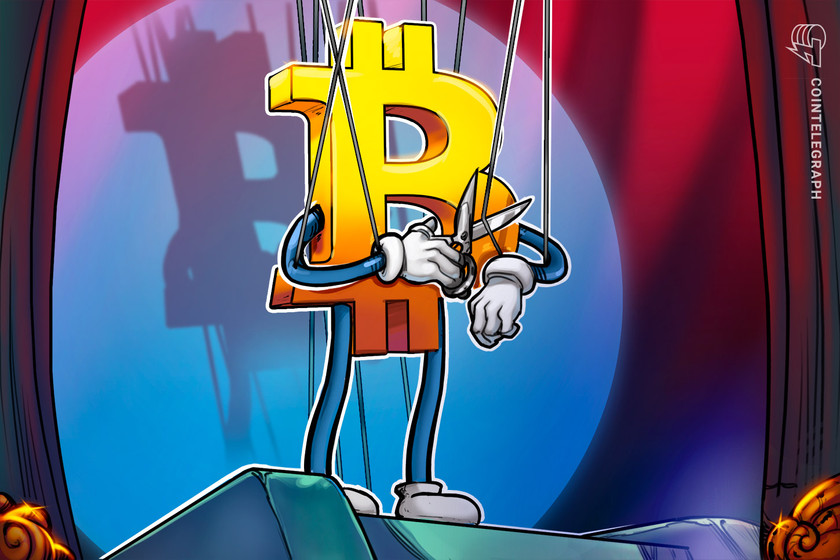Bitcoin custodian Nostr Assets pauses deposits after reaching 'maximum capacity'



“Please refrain from deposits at the moment. Inbound at max capacity,” wrote one community manager.
Bitcoin infrastructure developer Nostr Assets has paused deposits following record-high user activity.
According to a Dec. 5 announcement posted on Telegram, Nostr Assets developers warned, “Please await further announcements and do not attempt to deposit into NostrAssets for the time being.” The service, which allows users to transact Satoshis, or or 1/100 millionth of a Bitcoin (BTC), through the Lightning and Taproot Networks, claims to have onboarded over 70,000 new users since Oct.



On Dec. 4, Fiatjaf, the creator of the Nostr protocol, which allows users to interchange their social profiles and their followers on different platforms, alleged that the Nostr Asset team was operating under an affinity scam.
Nostr Assets developers dismissed the allegations as “unfounded,” writing:
“NostrAssets utilizes Nostr, Taproot Assets, and Lightning in its construction, making it pertinent to Nostr. However, it’s crucial to emphasize that Nostr is a decentralised, open-sourced and censorship-resistant relay network that anyone can build on.”
1/ This thread is aimed at addressing the unfounded claims made by @fiatjaf. https://t.co/mcceRECEWL
— Nostr Assets Protocol (@NostrAssets) December 3, 2023
The following day, the total volume of non-fungible token (NFT) sales on the Bitcoin network surpassed $1 billion.
Bitcoin Ordinals is a numbering system that assigns a unique number to each individual satoshi, enabling their tracking and transfer.






























